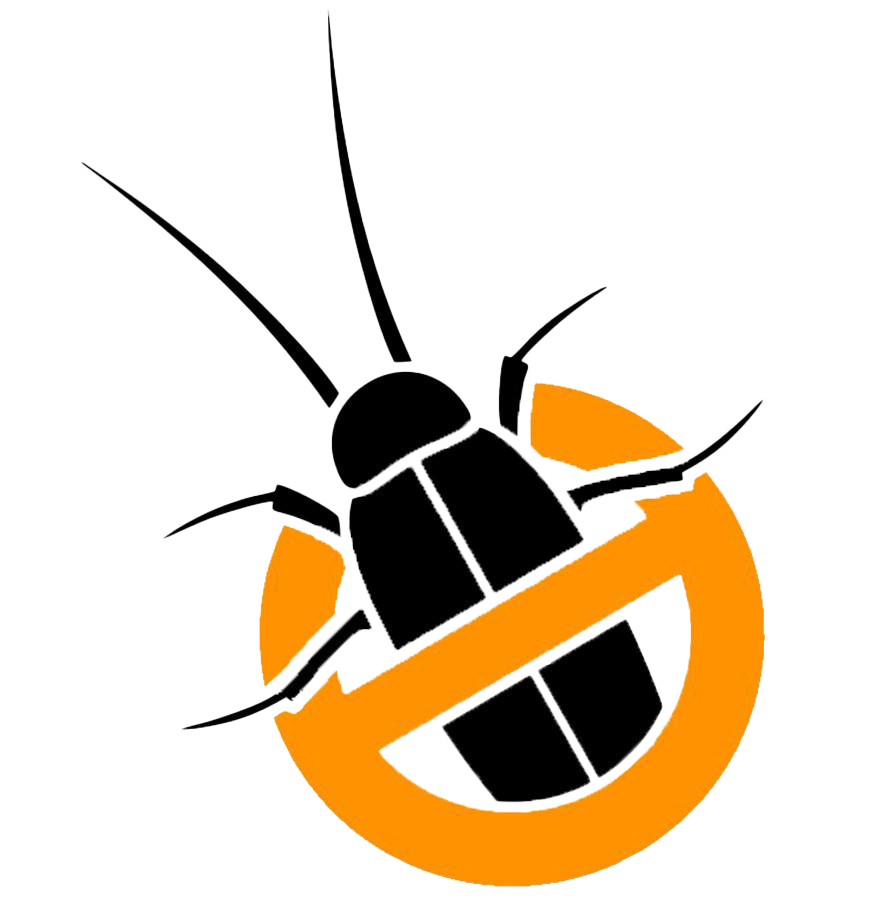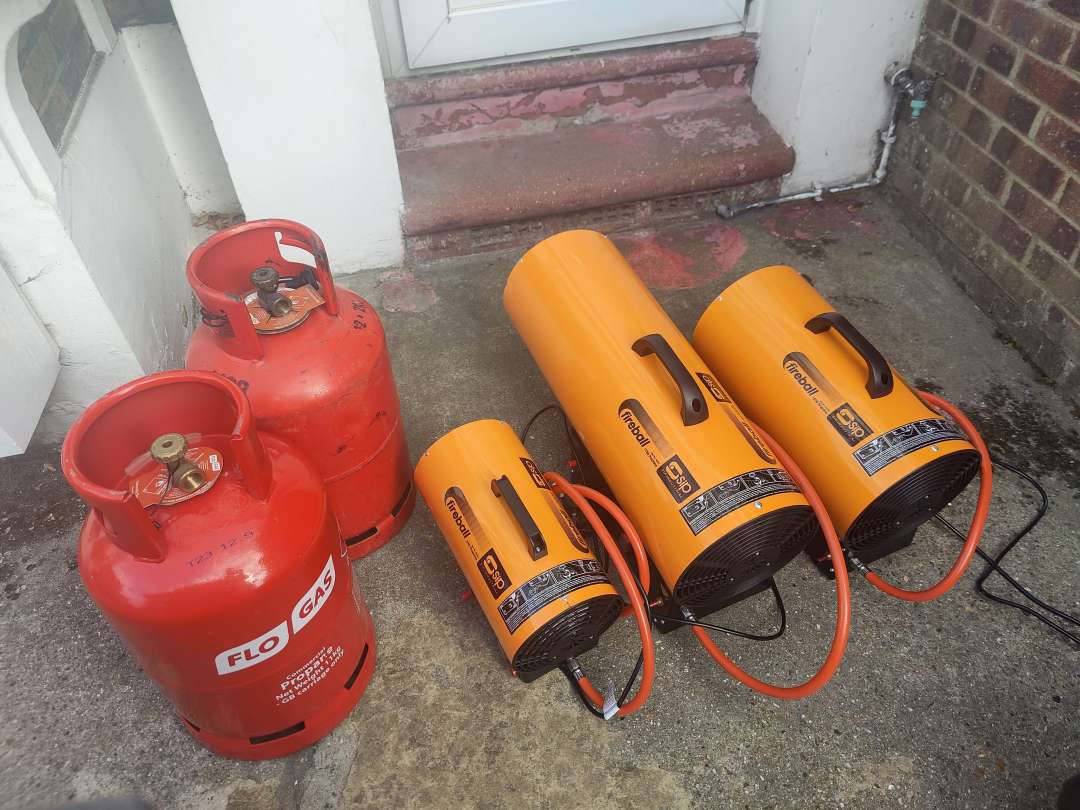Heat Treatment Machines for Bed Bug Extermination
When it comes to bed bug extermination, heat treatment machines for bed bugs have proven to be an effective solution. These machines utilize high temperatures to eliminate bed bugs at all stages of their life cycle, from eggs to adults. In this section, we will explore the science behind heat treatments and discuss the different types of heat treatment machines available for bed bug extermination.
Introduction to bed bug infestations
Dealing with a bed bug pest can be a frustrating and challenging experience. These tiny insects are notorious for their ability to infest homes and cause discomfort to their human hosts. In this section, we will provide an overview of bed bug pests and introduce the concept of bed bug infestation treatment to help you better understand how to tackle this common problem.
Understanding what attracts bed bugs
Knowing what attracts bed bugs and what factors draw bed bugs to your home can be crucial in preventing an infestation. Bed bugs are primarily attracted to the warmth, carbon dioxide, and body odors emitted by humans. They are also drawn to dark, secluded areas where they can hide during the day, such as in the seams of mattresses, cracks in furniture, and cluttered spaces.
Are bed bugs dangerous?
While bed bugs are not known to transmit diseases, they can still pose a threat to human health. Bed bug bites can cause itching, redness, and swelling, which can lead to secondary infections if scratched excessively. Additionally, some individuals may experience allergic reactions to bed bug bites, resulting in more severe symptoms. Therefore, it is essential to address a bed bug infestation promptly to minimize the risk of health issues.
How bed bugs travel and spread
Understanding how bed bugs travel and the factors that contribute to bed bugs spreading can help you prevent an infestation from getting out of control. Bed bugs are known as “hitchhikers” because they can easily latch onto clothing, luggage, and other personal belongings to travel from one location to another. They can also crawl between adjacent rooms or apartments through cracks and crevices in walls, floors, and ceilings. To prevent the spread of bed bugs, it is crucial to inspect your belongings when returning from a trip, seal any potential entry points in your home, and maintain a clean and clutter-free living environment.
The science behind heat treatments for bed bugs
When it comes to eradicating bed bug infestations, bed bug heat treatment has proven to be an effective and environmentally friendly solution. In this section, we will delve into the science behind how heat treatments work and the concept of thermal extermination to help you better understand this method of bed bug control.
How high heat kills bed bugs
High heat is a powerful weapon against bed bugs because it penetrates their exoskeleton and destroys the proteins within their bodies. When exposed to high temperatures, heat kills bed bugs by causing their cells to break down, leading to dehydration and eventually death. This process is effective at all stages of the bed bug life cycle, from eggs to adults, ensuring that bed bugs die and do not have the opportunity to reproduce and continue the infestation.
The thermal kill point for bed bugs
Understanding the thermal kill point for bed bugs is crucial in ensuring the success of a heat treatment. The thermal kill point is the temperature at which bed bugs die within a specific time frame. Research has shown that bed bugs and their eggs are killed when exposed to temperatures of 118°F (48°C) for 90 minutes or 122°F (50°C) for 60 minutes. However, to ensure complete extermination, most heat treatment professionals will aim for temperatures between 130°F (54°C) and 140°F (60°C) during the treatment process.
Can bed bugs survive high temperatures?
While high temperature is an effective method for killing bed bugs, it is essential to consider whether bed bugs survive in extreme heat. Although bed bugs are not known to withstand temperatures above their thermal kill point, they may seek refuge in cooler areas if the heat is not evenly distributed throughout the treatment space. To ensure the success of a heat treatment, it is crucial to maintain consistent high temperatures and monitor the process closely to prevent any bed bugs from escaping the lethal heat.
Exploring different types of bed bug heat treatment machines
In this section, we will explore various types of bed bug heat machines and how they work in bed bug thermal treatment. Understanding the different systems and their effectiveness will help you choose the best solution for your bed bug infestation problem.
The bed bug heat system: How it works
A bed bug heat system works by raising the temperature in the infested area to a level that is lethal to bed bugs. The heat source can be electric heaters, propane heaters, or steam generators. The key to a successful heat treatment is to maintain a consistent high temperature throughout the space, ensuring that all bed bugs and their eggs are exposed to the lethal heat for an adequate amount of time.
The role of electric heaters in bed bug thermal treatment
Electric heaters are commonly used in bed bug heat treatments due to their efficiency and ease of use. These heaters work by converting electrical energy into heat, which is then distributed throughout the infested area using fans. Electric heaters can be portable or permanently installed, depending on the specific needs of the treatment. The advantage of using electric heaters is that they can maintain a consistent temperature, ensuring that all bed bugs are exposed to the lethal heat for the required duration.
The effectiveness of bed bug heat chambers
A bed bug heat chamber is a specially designed enclosure that uses heat to exterminate bed bugs in infested items such as furniture, mattresses, and clothing. These chambers are highly effective in killing bed bugs at all stages of their life cycle, as they maintain a consistent high temperature throughout the treatment process. Heat chambers are particularly useful for treating items that cannot be treated with traditional methods, such as chemical sprays or steam treatments.
Portable design and indirect heaters: A closer look
Portable design is an essential feature of some bed bug heat machines, allowing for easy transportation and setup in various locations. Portable heaters are especially useful for treating infestations in multi-unit buildings or large commercial spaces. Indirect heaters, on the other hand, generate heat externally and transfer it to the treatment area using ducts or hoses. This design prevents the combustion byproducts from entering the treatment space, ensuring a safer and cleaner heat treatment process. Indirect heaters can be powered by propane, diesel, or electricity, depending on the specific model and requirements of the treatment.
DIY bed bug heat treatment: Is it possible?
While professional bed bug heat treatments are highly effective, many people wonder if it’s possible to perform a DIY bed bug heat treatment. In this section, we will discuss the feasibility of DIY bed bug heat treatments and explore some of the methods and equipment that can be used.
The concept of DIY bed bug heat treatment
A bed bug heat tent is a popular DIY bed bug heat treatment option. It is an enclosed space designed to trap heat and raise the temperature inside to a level lethal to bed bugs. The concept behind a bed bug heat tent is similar to that of a professional heat chamber, but it is typically smaller and more affordable for home use. By placing infested items inside the tent and using a heat source to raise the temperature, you can effectively kill bed bugs and their eggs.
The use of space heaters for bed bug extermination
Another DIY bed bug heat treatment method involves using space heaters to raise the temperature in the infested area. Space heaters can be electric or propane-powered and are commonly used for heating small spaces. However, using space heaters for bed bug extermination can be challenging, as it may be difficult to maintain a consistent high temperature throughout the space. Additionally, safety concerns may arise due to the risk of fire or carbon monoxide poisoning from improper use of space heaters.
Professional bed bug heat treatment options
When it comes to bed bug treatment, professional heat treatment methods are highly effective in exterminating these pests. In this section, we will explore various professional bed bug heat treatment options and understand how heat treatment is effective in eliminating bed bugs.
Bed bug heater rental: What you need to know
Bed bug heater rental is a popular option for those who want to use professional-grade equipment without the expense of purchasing it. Renting a bed bug heater allows you to access high-quality heat treatment machines that can effectively exterminate bed bugs. When renting a bed bug heater, it is essential to choose a reputable rental company that provides well-maintained equipment and offers guidance on proper usage. Additionally, ensure that the heater is capable of reaching and maintaining the necessary temperatures to kill bed bugs and their eggs.
The role of thermal steam in professional bed bug treatment
Thermal steam is another effective method for professional bed bug treatment. Steamers produce high-temperature steam that penetrates deep into cracks, crevices, and other hiding spots where bed bugs may reside. The heat from the steam kills bed bugs and their eggs on contact, making it an efficient and eco-friendly option for bed bug extermination. When using thermal steam for bed bug treatment, it is crucial to use a professional-grade steamer capable of producing the necessary high temperatures and to apply the steam methodically to ensure thorough coverage of the infested area.
In conclusion, professional bed bug heat treatment options, such as bed bug heater rental, Greentech heat equipment, and thermal steam, provide effective and efficient solutions for exterminating bed bugs. By understanding the various methods and equipment available, you can choose the most suitable option for your specific bed bug infestation situation.
Comparing heat treatments with other bed bug extermination methods
While insect heat treatments are highly effective in exterminating bed bugs, it is essential to understand how they compare to other methods. In this section, we will explore the differences between heat treatments and other bed bug extermination techniques, such as chemical-free pest control and insect monitoring. Additionally, we will discuss how long bed bugs live and the effectiveness of heat treatments in preventing their spread.
Heat treatments vs. chemical free pest control methods
Chemical free pest control methods, such as diatomaceous earth and silica gel, are popular alternatives to insecticides. These substances work by damaging the exoskeleton of bed bugs, causing them to dehydrate and die. While chemical-free pest control methods can be effective, they often require multiple applications and may not reach all hiding spots. In contrast, heat treatments can penetrate cracks and crevices, ensuring a more thorough extermination. Moreover, heat treatments are eco-friendly and pose no risk of chemical exposure to humans or pets.
Insect monitoring and heat treatments: A comparison
Insect monitoring involves the use of traps and monitoring devices to detect and track bed bug infestations. While this method can help identify infested areas, it does not actively exterminate bed bugs. Heat treatments, on the other hand, not only detect bed bugs but also eliminate them by raising the temperature to their thermal kill point. Therefore, heat treatments offer a more comprehensive solution for bed bug extermination compared to insect monitoring alone.
The effectiveness of heat treatments in preventing bed bugs from spreading
Understanding how bed bugs stay and spread is crucial in preventing infestations. Bed bugs can easily hitchhike on clothing, luggage, and furniture, making it challenging to contain their spread. Heater efficiently prevents the spreading of bed bugs by killing them at all life stages, including eggs, nymphs, and adults. Heat treatments can be applied to infested items, such as clothing and furniture, ensuring that bed bugs are eliminated before they have a chance to spread to other areas. This comprehensive approach makes heat treatments highly effective in preventing bed bugs from spreading and establishing new infestations.
In conclusion, insect heat treatments offer several advantages over other bed bug extermination methods, such as chemical-free pest control and insect monitoring. Heat treatments provide a thorough, eco-friendly, and efficient solution for exterminating bed bugs and preventing their spread. By understanding the differences between these methods, you can make an informed decision on the most suitable approach for your specific bed bug infestation situation.
Summary
In this article, we have explored the efficacy of heat treatment machines for bed bug extermination. We have discussed the science behind heat treatments, including how high heat kills bed bugs and their thermal kill point. We have also examined different types of bed bug heat treatment machines, such as electric heaters, heat chambers, and portable indirect heaters.
Furthermore, we have delved into the possibility of DIY bed bug heat treatment, including the use of space heaters and the BBHD8 bed bug heater. We have also covered professional bed bug heat treatment options, such as heater rental, Greentech heat equipment, and thermal steam treatments.
Finally, we have compared heat treatments with other bed bug extermination methods, such as chemical-free pest control and insect monitoring. We have highlighted the advantages of heat treatments, including their eco-friendliness, thorough extermination, and effectiveness in preventing bed bugs from spreading. By understanding these various aspects, you can make an informed decision on the most suitable approach for your specific bed bug infestation situation.



